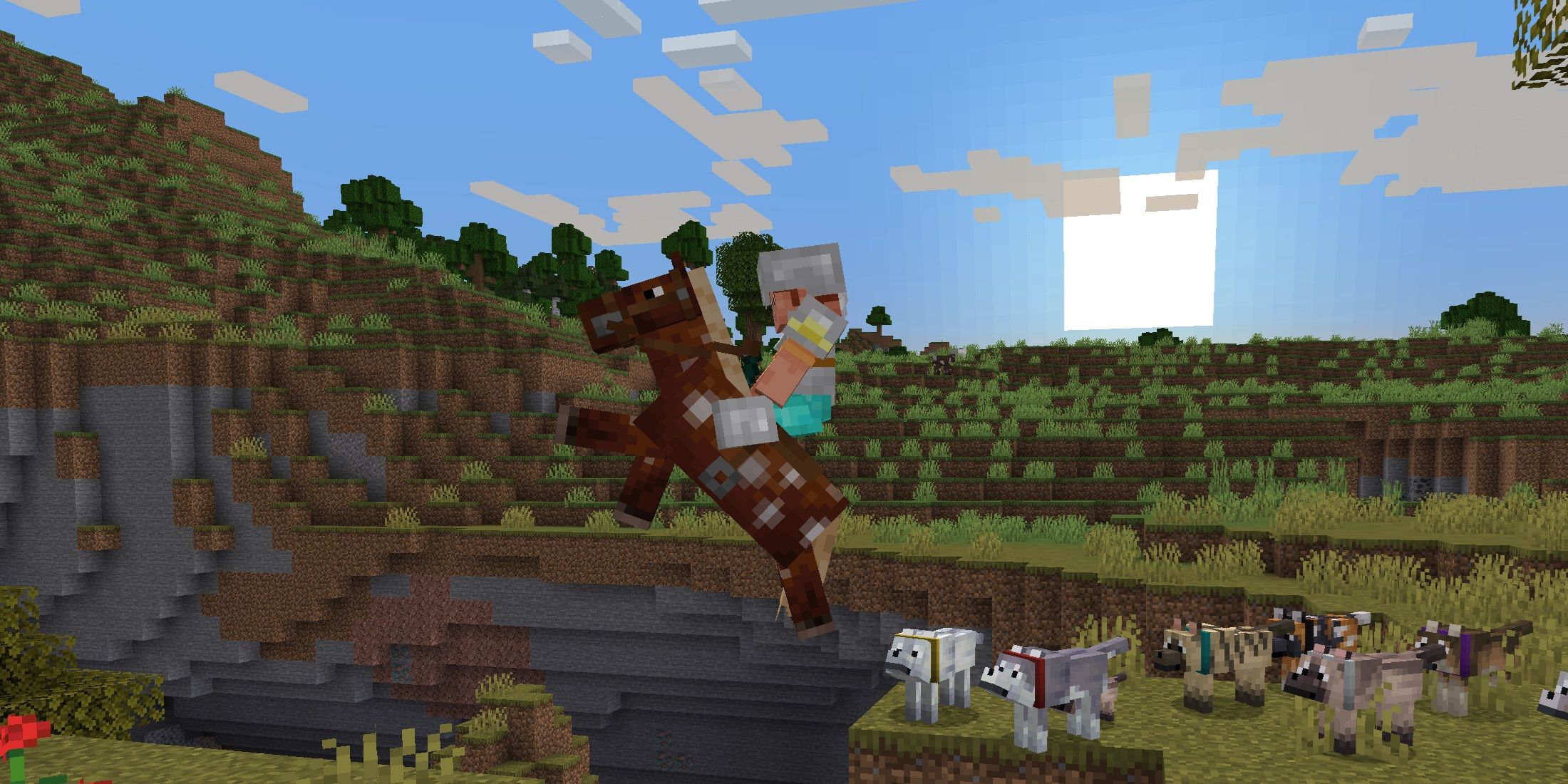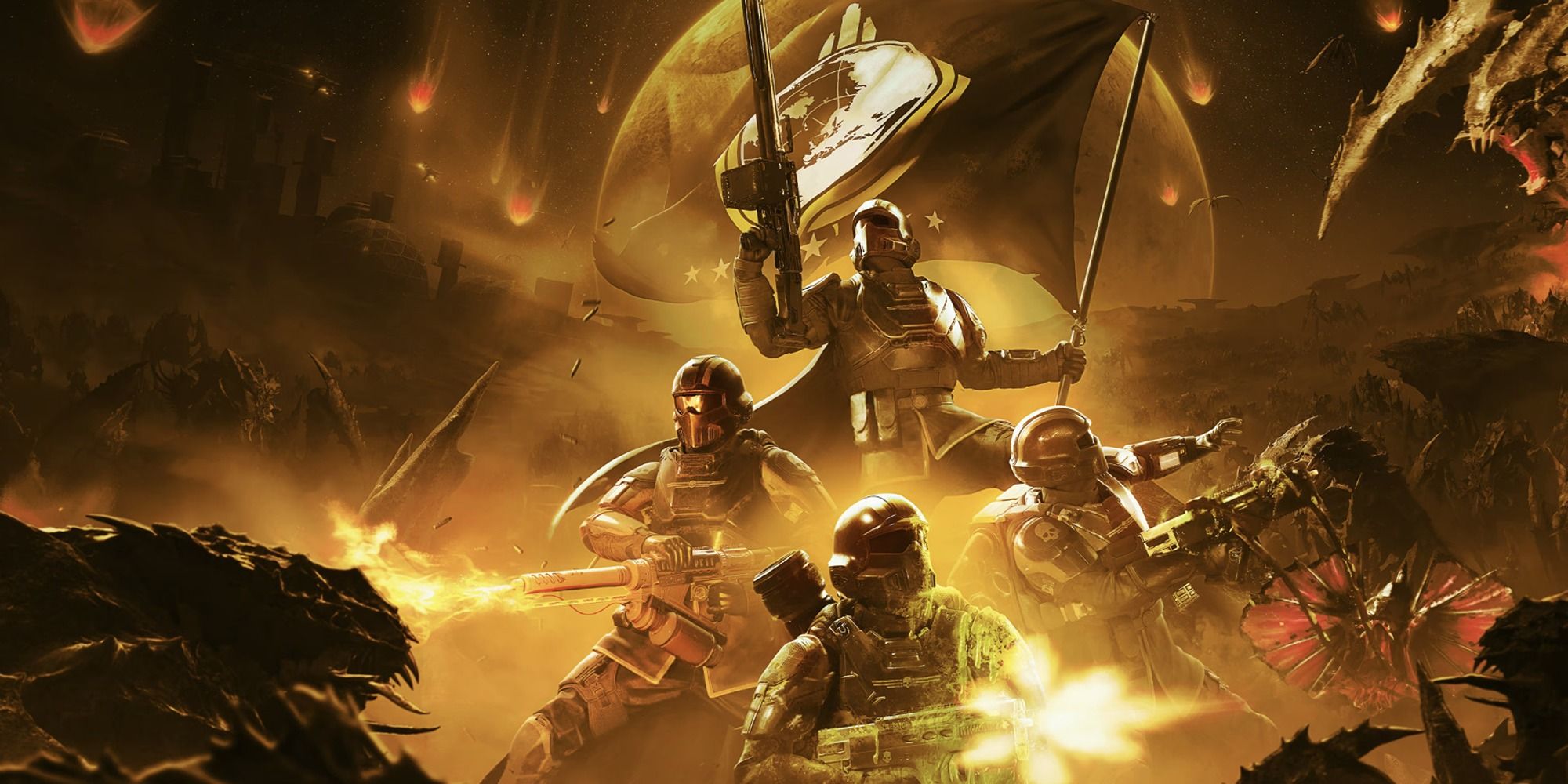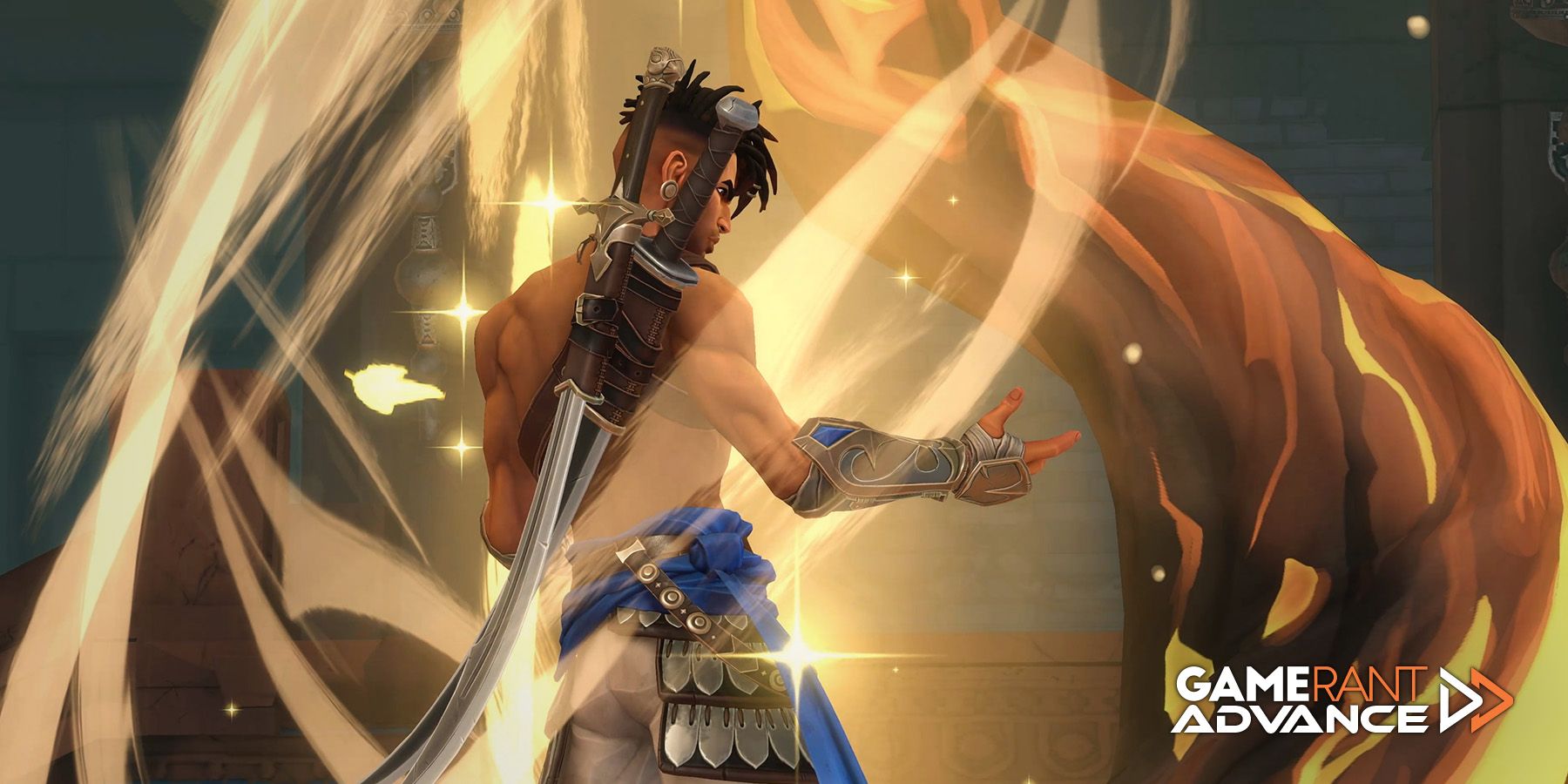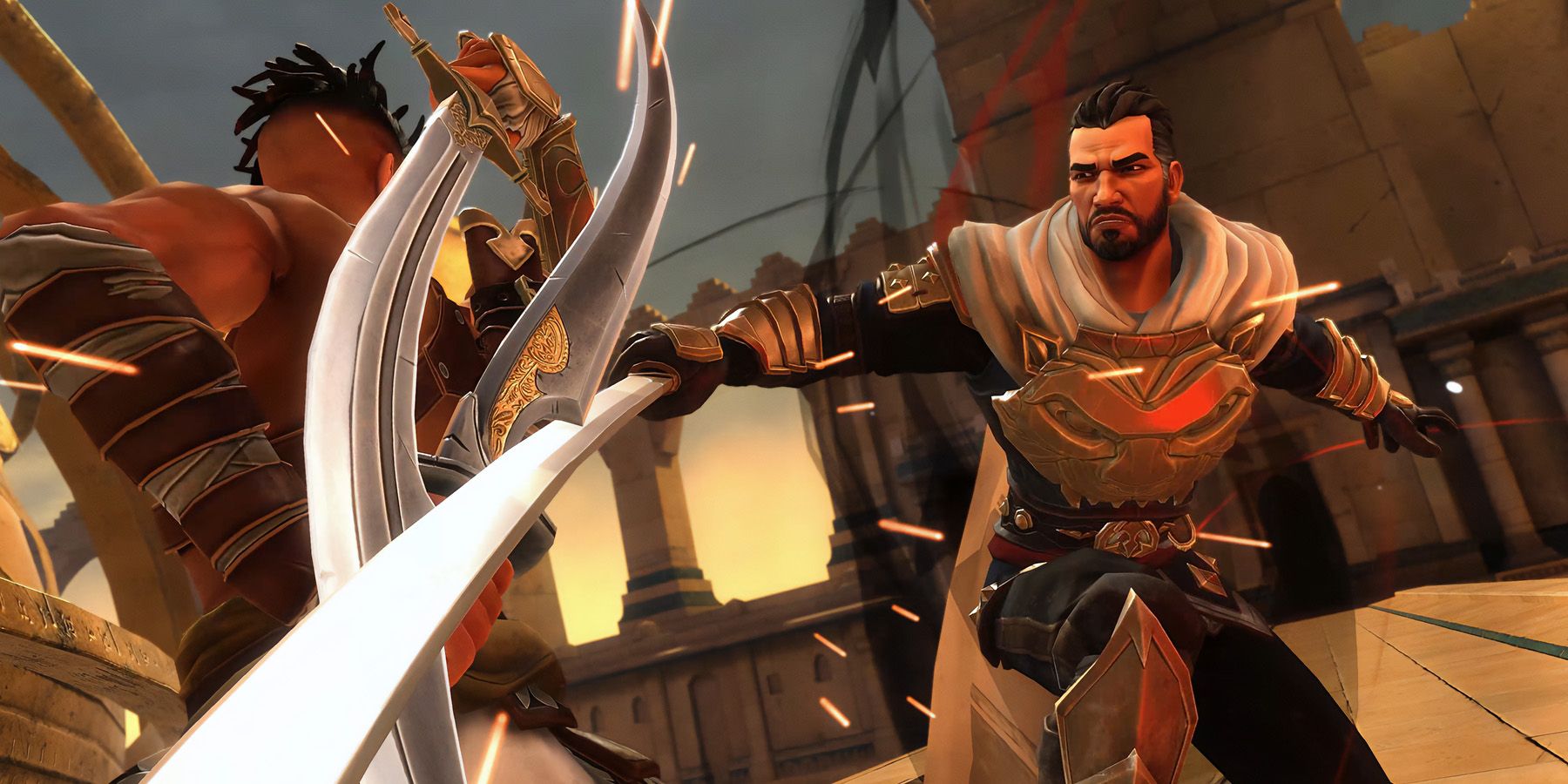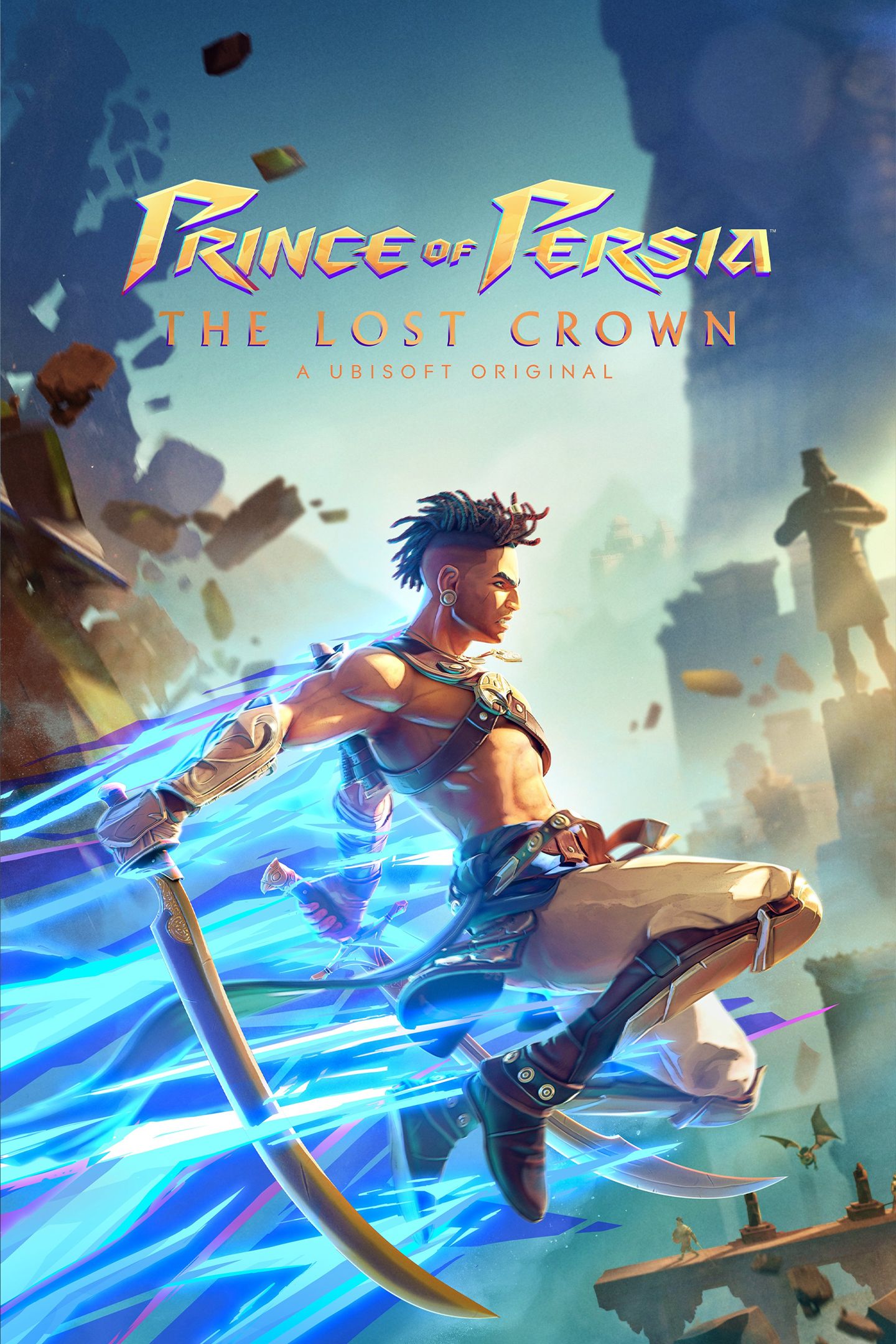Prince of Persia: The Lost Crown is taking the beloved series in a new direction with its open-ended Metroidvania approach, and this calls for some more nuanced progression goals compared to the series' mostly linear action platformer titles of the past. In a game where players can set off in multiple directions almost immediately, it's important to gently lead players toward new progression steps that further open exploration, while also encouraging them to experiment with the new tools they pick up along the way.
Game ZXC spoke with Prince of Persia: The Lost Crown game director Mounir Radi about how Ubisoft Montpellier approached the game's progression systems, which are founded upon two major pillars: exploration and experimentation. He mentioned how these two elements often interweave so that exploration leads to the player growing in capability, which then opens up further paths to experiment both in combat and through the environment itself.
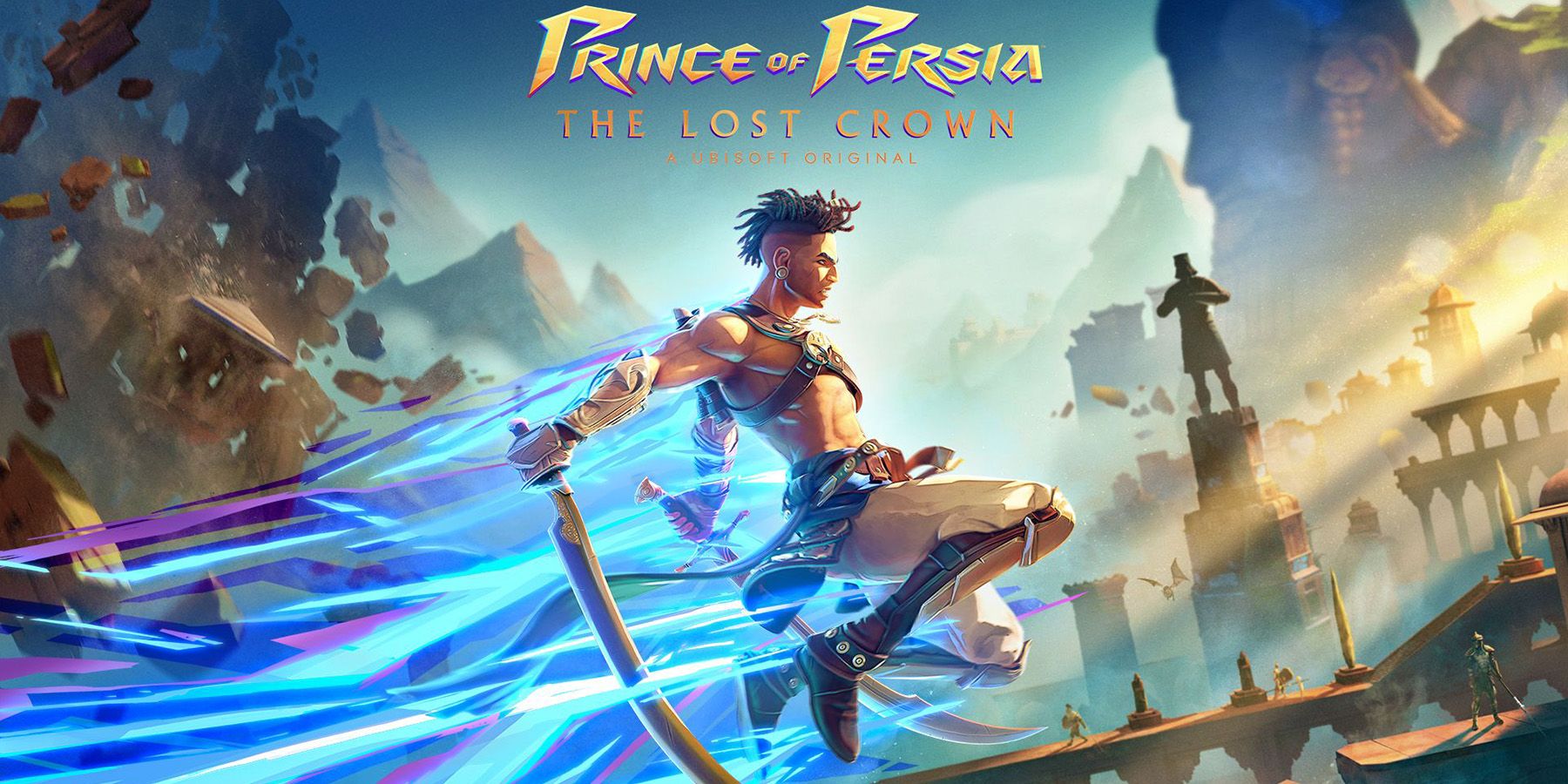
Prince of Persia: The Lost Crown Hands-On Preview
Game ZXC's three-and-a-half-hour preview of the upcoming Prince of Persia metroidvania showed fun exploration, tough bosses, and clever puzzles.
Prince of Persia: The Lost Crown Leans Into Metroidvania Exploration
Coming across an enticing gap that's just a little too wide to jump across, only to return later upon unlocking a jump dash never gets old in Metroidvania games, and The Lost Crown is full of moments like this. Exploration can't be pointless, however, and that's where the game's progression system comes into play. Players are encouraged to explore every nook and cranny so that they can discover build-defining amulets or items and currency that can improve their combat capabilities. This helps push players through a tricky puzzle section with the promise of something useful at the end of the gauntlet.
The progression system is based on two pillars: the first which is also the most important for the genre, exploration. In order to become stronger, Sargon will have to explore Mount Qaf from top to bottom, whether to find new abilities that will unlock new paths, but also to acquire amulets, Athra Surges (special attacks) or resources to upgrade his equipment.
The second is experimentation: all the elements of the Sargon toolset have been designed to combine and promote experimentation. It is a horizontal approach to progression where the addition of a new tool is not intended to exclude another, but rather to push the player to make decisions to characterize his build.
The amulet system is similar to Hollow Knight's charms which are extremely conducive to experimentation. Amulets might enhance certain abilities or switch up how players approach combat encounters, and trying out various combinations of amulets on each excursion can help players discover unique playstyles. Radi describes this side of progression as "horizontal," meaning that the various amulets and abilities are meant to be equally useful alternatives rather than pure upgrades that may replace one another.
Prince of Persia: The Lost Crown Makes Backtracking Easier
Backtracking is fundamental to open-world Metroidvanias as players return to those enticing gaps and previously unsolvable puzzles, and Prince of Persia: The Lost Crown has made it a very player-friendly process. Key landmarks are visually distinct in-game and are represented by icons on the map; meanwhile, a fast travel system is unlocked later on so that players can quickly make their way to unexplored paths.
As for the management of backtracking, it should be noted that during its exploration, the player is exposed to inaccessible routes often appearing as landmarks to stimulate his memory. They also have a special icon on the map, like a map of an amusement park. At the beginning of the adventure, we use the presence of some NPCs to educate the player and help him recognize inaccessible paths. Later, these landmarks are exposed in a more subtle way so as not to break the player’s agency and that he is master of his destiny.
When the player recovers a new ability, he is immediately exposed to a learning workshop highlighting blockers similar to those he met previously. And this is where magic is supposed to work! The memory is activated, the player can then open his map, and try to define a route between the fast travel closest to his position, to the one closest to the door he wants to bypass.
Throughout the game, Sargon unlocks various abilities that aid in both combat and traversal, and players are usually immediately met with a scenario that contextualizes that new ability. Players may be confronted with distant targets to hit immediately after unlocking the bow or sent through a puzzle room that must be solved with the newly-acquired chakram, and this "learning workshop" approach adds to the satisfaction of picking up a new ability while removing the guesswork as to how it's meant to be used.

